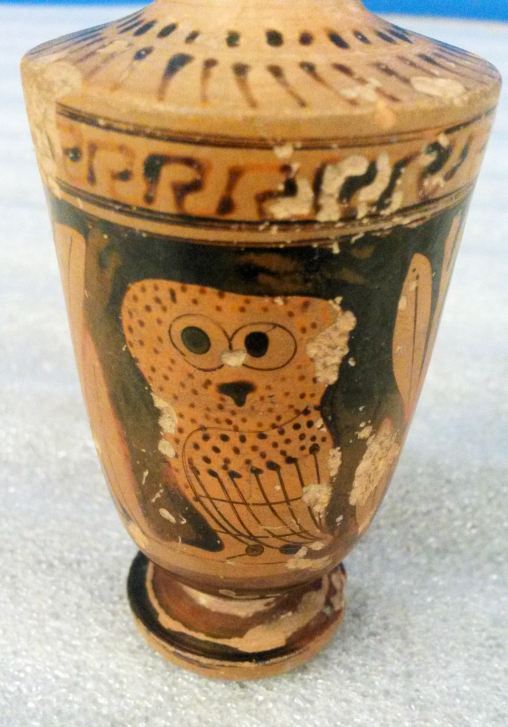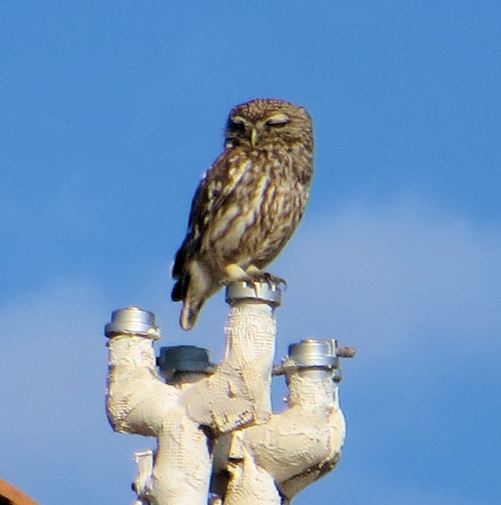
My family holiday in Greece last spring has proven to be especially productive in that some chance footage of local wildlife that I recorded on my small compact camera has proved to be the inspiration for an interview with Henry McGhie, Head of Collections and Curator of Zoology at Manchester Museum, on the subject of the Little Owl (Athene noctua). Whilst my wife Christine and I were staying in the small resort of Stoupa in the Peloponnese we became aware of a rather unusual bird perched on the roof of the apartment block opposite where we were staying. I filmed the bird, which turned out to be a Little Owl, and spoke to Henry about it when I came back to work. Henry, who has a passionate and lifelong interest in birds, told me that the Little Owl is often seen during the day and that the colour of the eyes of different species of owl indicates when they are most active. The Little Owl has yellow eyes, whilst the Tawny Owl, which has the best night time vision of any of the owls, has black eyes.
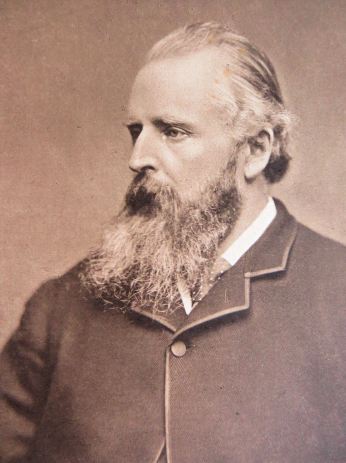
In an interview with Henry recorded for our Thematic Collecting Project about Migration I asked Henry about the bird’s natural range and was surprised to learn that in addition to their southern European range they are also found in Britain. Lord Lilford (1833-1896) was very interested in birds and other animals and was instrumental in introducing Little Owls to Northamptonshire during the 1880s. They were also introduced into Kent. He had encountered Little Owls around the lands in the Mediterranean, where he went for health reasons to benefit from the warmer weather. In ‘Notes on Living Zoological Collection at Lilford’ published in Lord Lilford Thomas Littleton, Fourth Baron A Memoir by his Sister (London, 1900), he wrote:
Whilst on the subject of owls, I may add that for several years past I have annually set at liberty a considerable number of the Little Owl, properly so called (Athene noctua), from Holland and that several pairs of these most amusing birds have nested and reared broods in the neighbourhood of Lilford. It is remarkable that this species is abundant in Holland, and by no means uncommon in certain parts of France, Belgium and Germany, it has been rarely met with in a wild state in this country. I trust, however, that I have now fully succeeded in establishing it as a Northamptonshire bird, and earnestly entreat all present who may have the opportunity to protect and encourage these birds.
Unfortunately numbers of Little Owls have declined over the last 20 years in Britain and it is not clear why. As the owls diet consists of large insects and large insects tend not to be tolerated as part of the modern agriculture, the owls may not be finding sufficient food to raise broods of young.It would be a great shame I think if such an attractive and endearing little bird should be lost to this country. Although I have never seen the birds in Britain I found them to be very entertaining. The Little Owl we say in Stoupa appeared as if by magic at about 5pm every afternoon on the apartment block opposite and often announced its presence by its penetrating call, which sounds a bit like a small dog barking. It would quite happily watch the world go by, sometimes mobbed by smaller birds, and then, after about an hour, fly away on a hunting expedition. There is a UK Little Owl Project dedicated to the conservation of these wonderful birds.
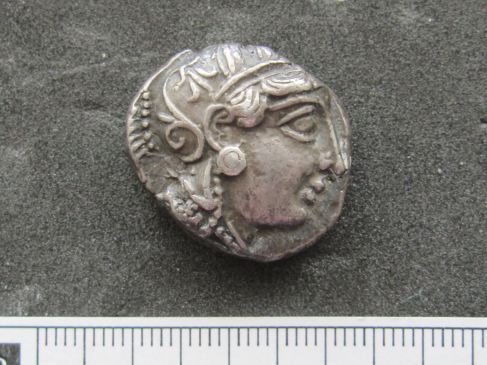
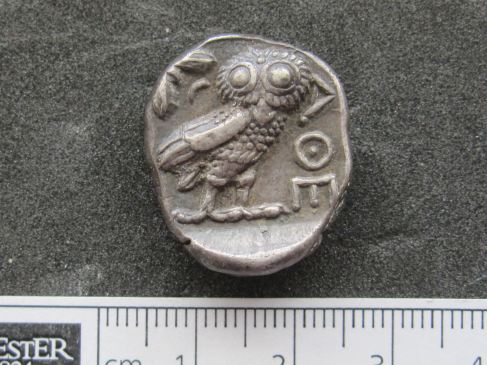
Seeing the bird added something to our Peloponnesian holiday and it was great finding out more about the Little Owl from Henry. I am more familiar with the Little Owl from seeing representations of owls on ancient Greek silver coins from Athens in Manchester Museum’s numismatic collection, which have the head of Athena on one side and what is presumably a Little Owl on the other. Athenian silver drachma even became known as ‘Owls from Athens’ because of the reverse design. The owls became associated with wisdom, possibly because their ‘face’ looks rather like a human face, or because they were often seen in and around the Parthenon, dedicated as it was to the tutelary goddess of Athens, Athena, the goddess of Wisdom. The temple would have provided a site for the owls to nest.
It is interesting that an owl, almost certainly a Little Owl, appears on a replica of a silver plate found in a famous Roman hoard found at Hildesheim in Germany in 1868. This was one of the largest Roman hoards found outside the Roman Empire and it may have belonged to someone important in the Roman military who campaigned in that part of the world, or it may have been a diplomatic gift to keep one of the German tribes ‘on side’. On one of the silver plates there is a depiction of the goddess Athena seated with an owl perched on a rock alongside her.
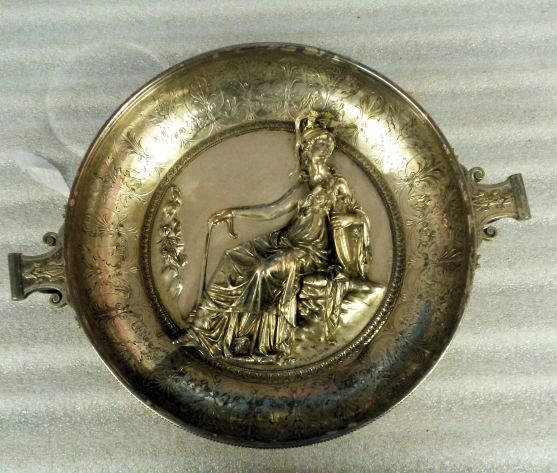
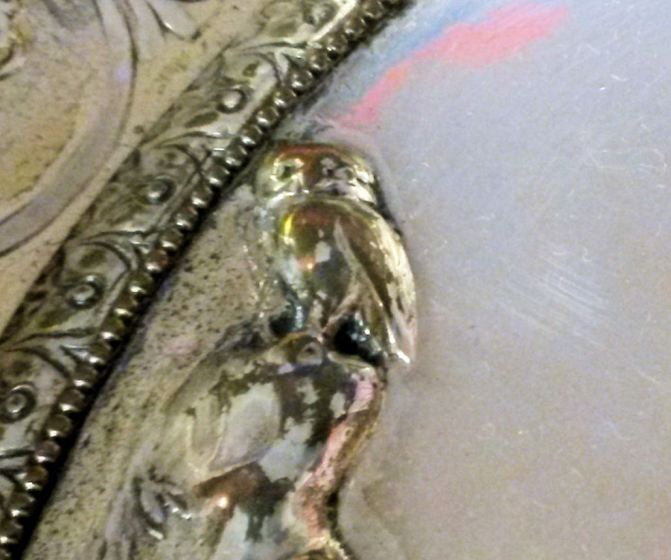
The owl also appears on ancient Greek pots and there is also a slightly quizzical looking owl on a lekythos in the archaeology collection.
Close-up of ancient Greek lekythos showing owl
